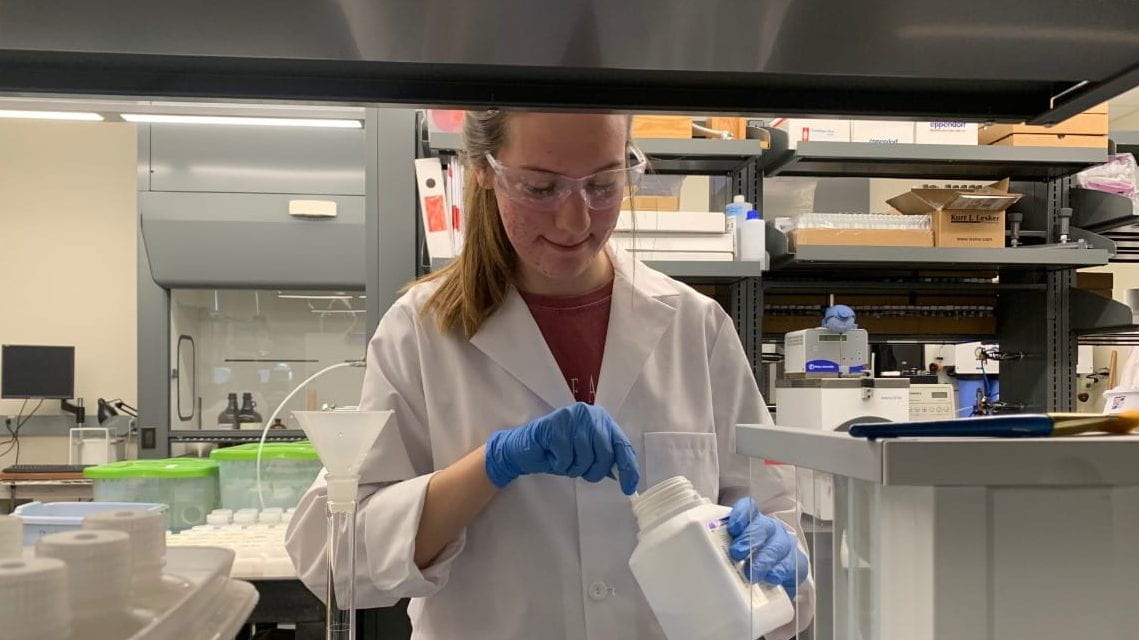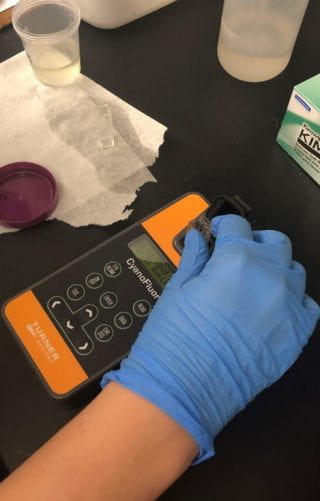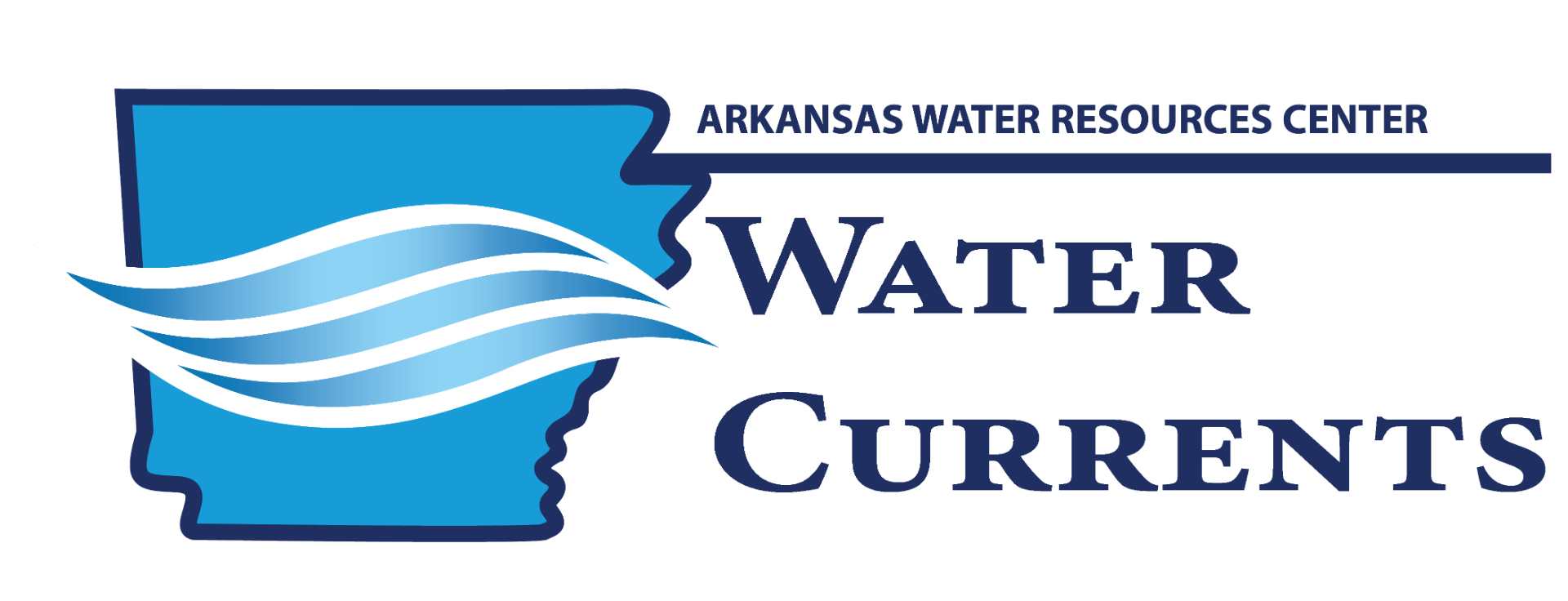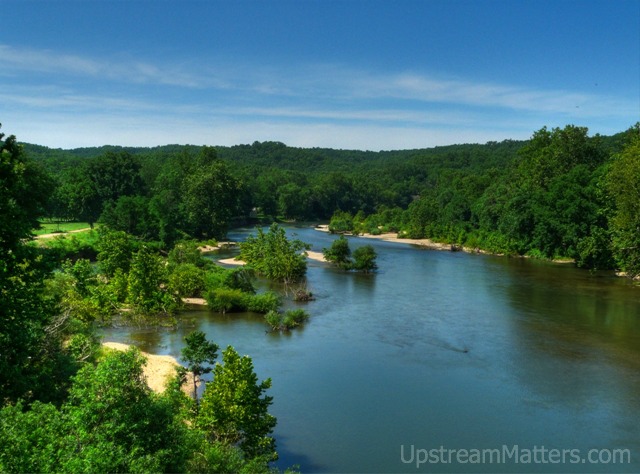
Kendele Kramer Takes First Place in Honors Innovation Symposium at the University of Arkansas

Kendele Kramer took first place for “best overall research project” as part of the Honors Innovation Symposium last month – a great way to end her freshman year. Each year, about 40 students in the College of Engineering at the University of Arkansas team up with faculty mentors to conduct their research project during freshman year and present their findings to fellow students, faculty, and staff.
Kendele entered the engineering program as part of the Biomedical department. However, after hearing Dr. Brian Haggard (professor in Biological and Agricultural Engineering and director of AWRC) pitch a project during class last fall, Kendele decided to switch departments and take on a project about harmful algal blooms (“HABs”) in Lake Fayetteville.
“This research sounded interesting because it’s like a puzzle; with HABs, you have to take a lot of different parts and piece them together to understand the big picture,” Kendele says about what captured her attention to this project. Those pieces are the variables that can influence the production of HABs, such as micro- and macro-nutrients, temperature, precipitation, and other ecosystem characteristics. Another piece of the puzzle is understanding how HABs might respond to chemical treatments, which is what Kendele focused her research on.
Kendele evaluated the dose-response relationships for reducing algal growth and abundance using three algicides: copper sulfate, hydrogen peroxide, and a commercial algicide called EarthTec, which is also copper based. She got a large amount of water from Lake Fayetteville and filled beakers with the water in the lab. For an initial evaluation, she used equipment called a “Cyanofluor” to detect the proportion of cyanobacteria (a.k.a. “harmful algae”) to other types of algae. Then she added one of the algicides to each beaker, while leaving some beakers without treatment for controls. She also spiked beakers with nutrients during the study to ensure that the algae were not becoming nutrient limited. She set the beakers by a window so the algae would have sunlight to grow, and continued measuring their proportional abundance with the Cyanofluor during the 14-day study.

Kendele analyzes samples using the CyanoFluor, to estimate the proportion of cyanobacteria to other algae.
At the end of the experiment, she found that hydrogen peroxide wiped out all algae – both the harmful cyanobacteria and the non-harmful algae – at all dose-concentrations evaluated. Copper sulfate showed similar results, where both types of algae were reduced with high dose concentrations, but the copper sulfate didn’t have much of an effect at low concentrations. Surprisingly, EarthTec appeared to have no effect on reducing either type of algae during the study.
It may sound promising that these compounds can be used to treat harmful algal blooms. However, these compounds also greatly reduced the other types of algae that serve as a basal food resource for fish and other organisms, which could negatively impact the lake ecosystem. Kendele acknowledged this and said that future studies can try different doses to test how different algal populations might respond.
Lake Fayetteville has experienced HABs in the past that have led to lake closures for human and animal safety. Kendele says the big takeaway from her research is that water resource managers can gather information to understand all the pieces of the problem and potential solutions before things get worse. That way they can develop an action plan to quickly mitigate a bloom, and reduce potential negative impacts to recreation and tourism, as well as human and animal health.
Kendele also wanted to take the opportunity to give a big thanks to AWRC lab staff who helped her on this project – Dr. Brad Austin, Brina Smith, and Jennifer Purtle, as well as Dr. Haggard who helped her design and create a perfect undergraduate research project.
Banner image caption: Kendele mixes chemical treatments for experiment.















